We recently connected with Jennifer Marion and have shared our conversation below.
Hi Jennifer, thanks for joining us today. Has your work ever been misunderstood or mischaracterized?
Oh absolutely, and honestly it’s been both infuriating and eye-opening. Many people encounter ‘Commute in Custody’ aka ‘until further notice’ and immediately get distracted by the bright colors, driving video footage and tufted pieces—they’re like ‘oh wow this is fun’ or ‘I love how you use a lot of objects relating to car culture’ which is great they can relate and experience the installation in that form since Houston is a commuter city but they aren’t realizing these soft sculptures are literally made from text messages my ex sent me. It’s wild how the medium itself throws people off. Because it’s textiles, which society automatically links to women’s work, they miss the entire political point of what I’m documenting. Then I have people who only focus on the humor and completely bypass that the dark comedy is how I survive processing this trauma. Like, I’m forced to ‘surrender’ my daughter at some conservative gas station full of Trump memorabilia every other weekend—of course I’m going to find ways to laugh at the absurdity or I’d lose my mind. But the biggest misunderstanding is when people write off my work as just being ‘aggressive’ or ‘confrontational’ instead of seeing it as legitimate resistance against systems that silence women.
I once had a professor tell me my work made him uncomfortable and for a few days I didn’t know what to think about that comment but the more I thought about it the more I realized this topic is not something you typically see people make work about whether that be out of embarrassment or fear. It usually gets brushed under the rug.
What I’ve figured out is that this mischaracterization is exactly the problem I’m calling out—when women document our experiences with systemic nonsense, especially if we make it colorful or funny or accessible, it’s easier for people to dismiss it as us being ’emotional’ rather than face the uncomfortable reality of how our legal system treats mothers. These misunderstandings just prove why this work has to exist and be seen, because they’re the same dismissals I dealt with throughout my entire custody battle.
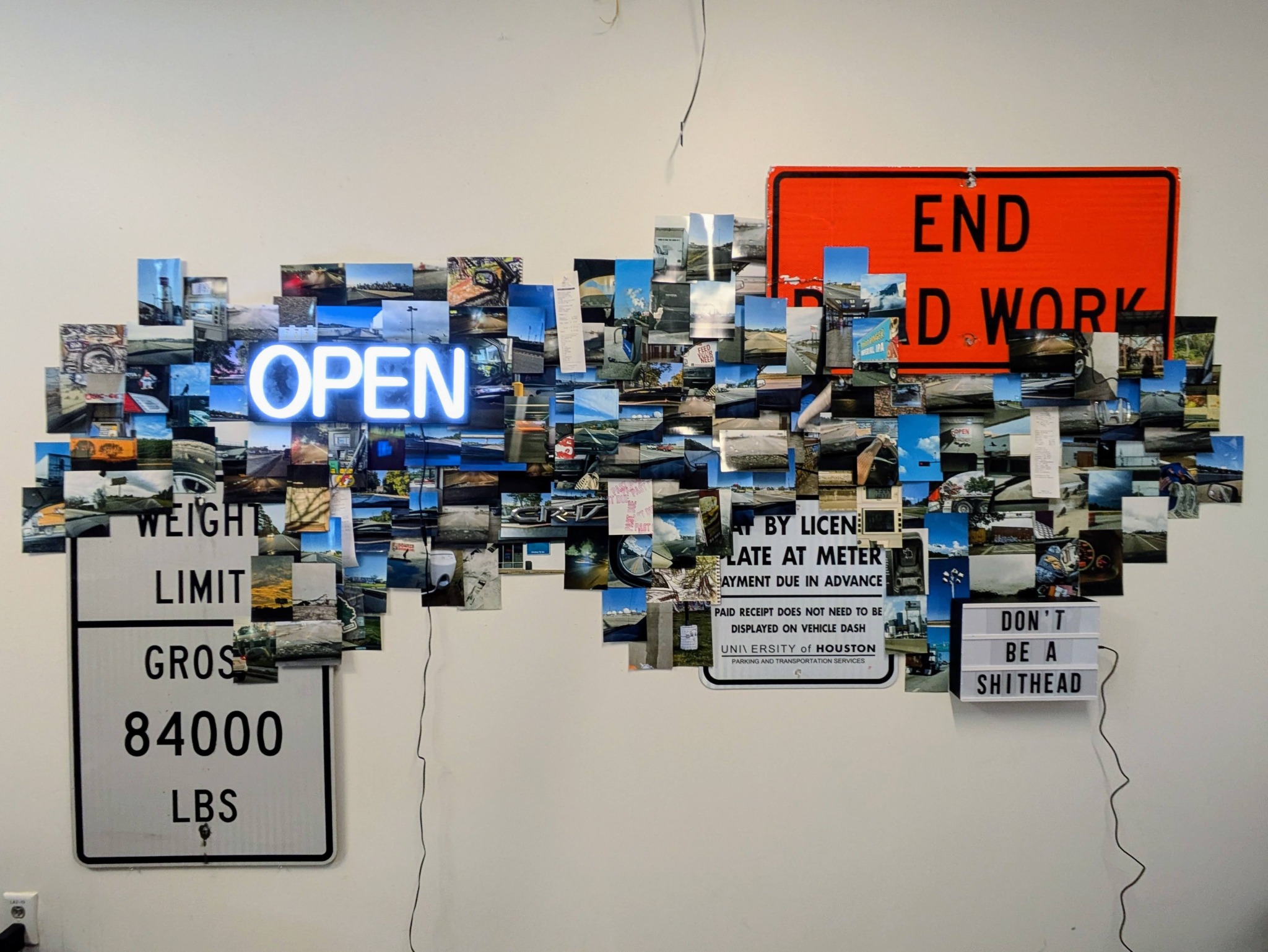
Great, appreciate you sharing that with us. Before we ask you to share more of your insights, can you take a moment to introduce yourself and how you got to where you are today to our readers.
I am a vehicle. Constantly moving. Never grounded. With one consistent passenger. Our commute is in custody and the destination is merely contractual.
That’s how I introduce my work, and it really captures who I am as both an artist, a parent and a person. I’m Jennifer Marion, a multidisciplinary artist based in Houston, Texas, and until the birth of my daughter I had never experienced a hereditary family relationship before. Being a parent for me is an intricate dance of unfamiliarity and profound revelation of human connectivity, which has become the driving force behind everything I create.
I was adopted through a closed adoption at two weeks old which meant my understanding of family was completely skewed by what I saw on TV shows and movies. I spent most of my childhood feeling like an outcast at family functions, carrying this giant confusing hole that closed adoption creates. Finding myself took a really long time, and having my daughter shook me to my core enough to give me the familial bond I had always longed for—and that’s when I started really taking art seriously.
My work creates a visual autobiography exploring patriarchal obstacles. By continuously reanalyzing generational trauma and connection to route my own way of healing, I navigate family dynamics as a queer mother while creating a place for myself where all of my identities intersect. As an interdisciplinary artist, I obsessively collect and compile media through photography, sound, performance, video, installation, and textiles, accumulating found objects like party supplies, receipts, street signs, and magazine clippings. I create importance by sharpening a voice to my work when I otherwise feel unheard, through dark humor, irony, or heavy responses to highlight the weight and burden of largely undermined matriarchal labor.
My current body of work, ‘Commute in Custody,’ emerged from a nine-year custody battle. After getting into grad school at the University of Houston it resulted in a daily three-hour commute from Beaumont to Houston five to seven days a week due to a touching county order. Moving was not an option.
I tuft actual abusive text messages from my ex-partner into soft sculptures as a way of reclaiming the phrases, create installations with parts from my 2004 Honda CR-V, and build immersive environments where viewers can experience the endless loop I lived through.
I think of myself as a ‘polite menace,’ using art to transform personal trauma into something that can be shared rather than something that swallows me whole. What I want people to know is that my work isn’t just personal therapy—it’s creating space for voices and experiences that get pushed aside, serving as a mirror reflecting the experiences of countless women dealing with similar situations silently.

In your view, what can society to do to best support artists, creatives and a thriving creative ecosystem?
SHOW UP FOR EACH OTHER! Life is hard and art is one of the hardest professions to survive in because it’s constantly undervalued. People want art to hang in their homes but don’t always think about the time, energy, and skill it takes to create it. Go to art openings, advocate for arts programs in schools—because when funding gets cut, the arts are always the first to go. It’s sad because art has so much to offer. It fosters creativity, grounds emotions, and helps people process life in ways that words can’t. Yet so often, its value is taken for granted.
One way I’ve tried to be part of that support system is through the space in between, an artist collective I co-founded with my friend André Ramos-Woodard. We’re both Southern-born, photo-based artists who care deeply about art and our community. We’re passionate about celebrating the unique experiences of underrepresented artists and amplifying their voices. Our overlapping desire to explore ‘Otherness’ helps us learn from each other and fuels our commitment to giving back to those who need it most.
Right now, the collective exists online, where we run exhibitions and calls for entry—always free to submit. We don’t make any money from it; instead, we run a GoFundMe and flip the funds directly back to artists by awarding cash prizes to 1st, 2nd, and 3rd place winners for every show. You don’t have to pay a dime to enter, and artists still walk away with a permanent space on our website, the possibility of a little cash, and another line on their CV.
Our long-term goal is to grow into a physical nonprofit space where art can persuade, inform, and revolutionize—creating a hub that uplifts overlooked artists and connects them with a community that truly values what they do.
In my own autobiographical work, I use dark humor and installation to confront uncomfortable truths about gender, justice, and belonging. Supporting artists means making room for that kind of raw expression—because that’s how art sparks change, not just for the artist, but for everyone who sees themselves in the work.
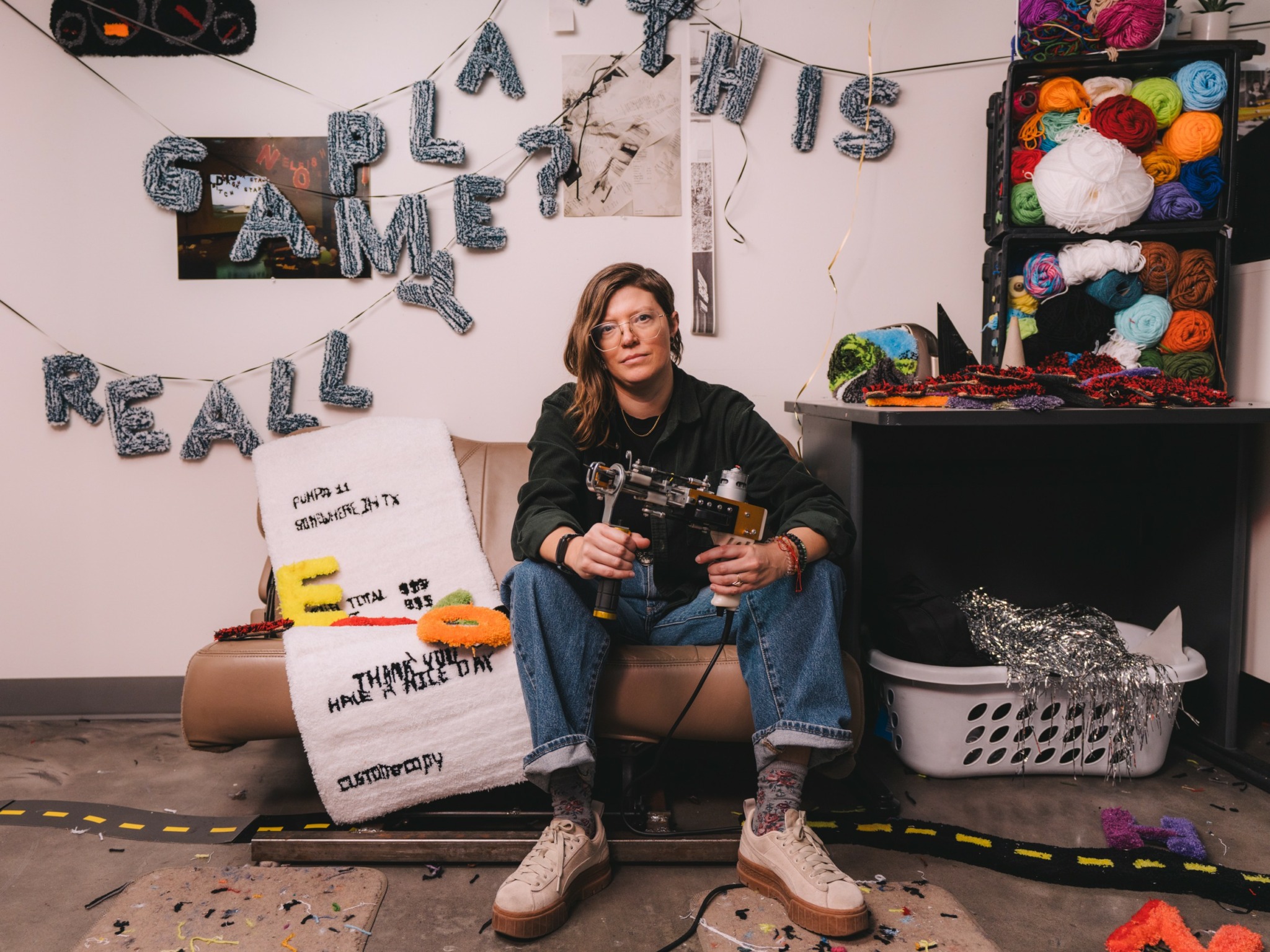
Have any books or other resources had a big impact on you?
Oh most definitely! A bunch of different resources have really shaped how I approach my creative practice and put my work out there.
Maggie Smith’s memoir You Could Make This Place Beautiful hit me hard, it’s all about reclaiming your own story and telling it honestly, which is basically what I’m doing with my art. David Sedaris taught me that you can use dark humor and be vulnerable at the same time to actually connect with people, which is huge for me when I’m making such heavy work.
Martha Rosler’s video art like Semiotics of the Kitchen and Martha Rosler Reads Vogue blew my mind! She’s one of my favorite fine artists hands down. She takes these everyday objects and situations and turns them into powerful statements about women’s roles and social expectations. That’s exactly what I’m trying to do with car parts and text messages. Bo Burnham’s Inside musical showed me that some of the best work comes from being stuck with limitations, you just have to get creative and figure out how to say what you need to say with what you’ve got.
The documentary Moon is the Oldest TV about Nam June Paik left me speechless the first time I saw it. Here’s this video artist who just said “fuck the rules” and made it work. That attitude is everything to me. Same with Wes Anderson films—as someone who teaches video art, I know he’s breaking every cinematography rule in the book, but somehow it just works!
When that imposter syndrome kicks in, Art and Fear comes in clutch. It reminds you that feeling like a fraud is part of the process, not proof you shouldn’t be making art. And Buy Yourself the Fucking Flowers is one of my favorite books period—it’s about not waiting around for someone else’s permission to live your life and make your work.
All of these writers and artists taught me that being real, making do with what you have, and breaking the rules when they don’t serve you—that’s what makes work that actually matters and gets people’s attention.
Contact Info:
- Website: https://www.jennifermarion.com/
- Instagram: jenlin.mar
- Other: https://www.thespaceinbetween.art/
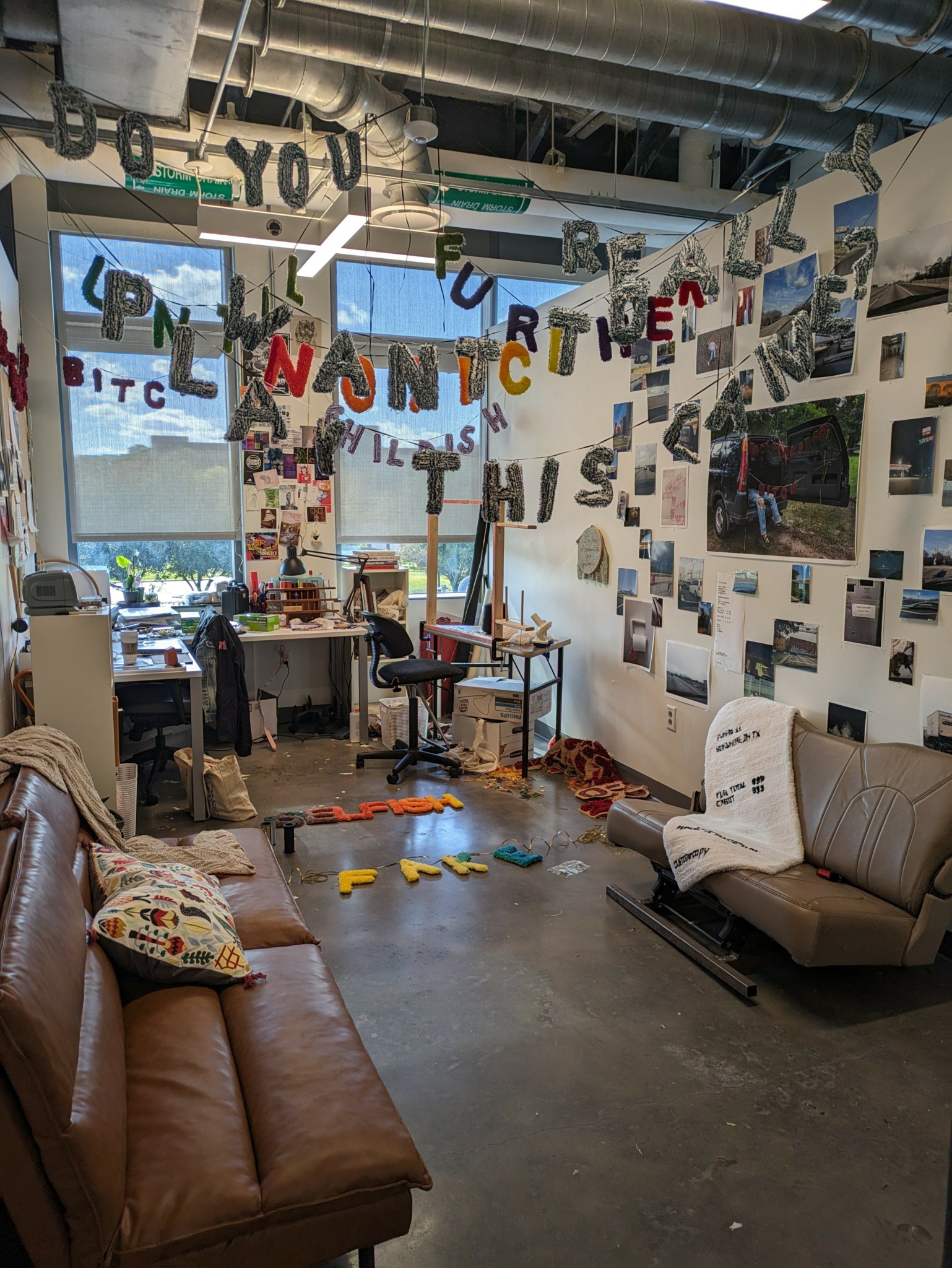
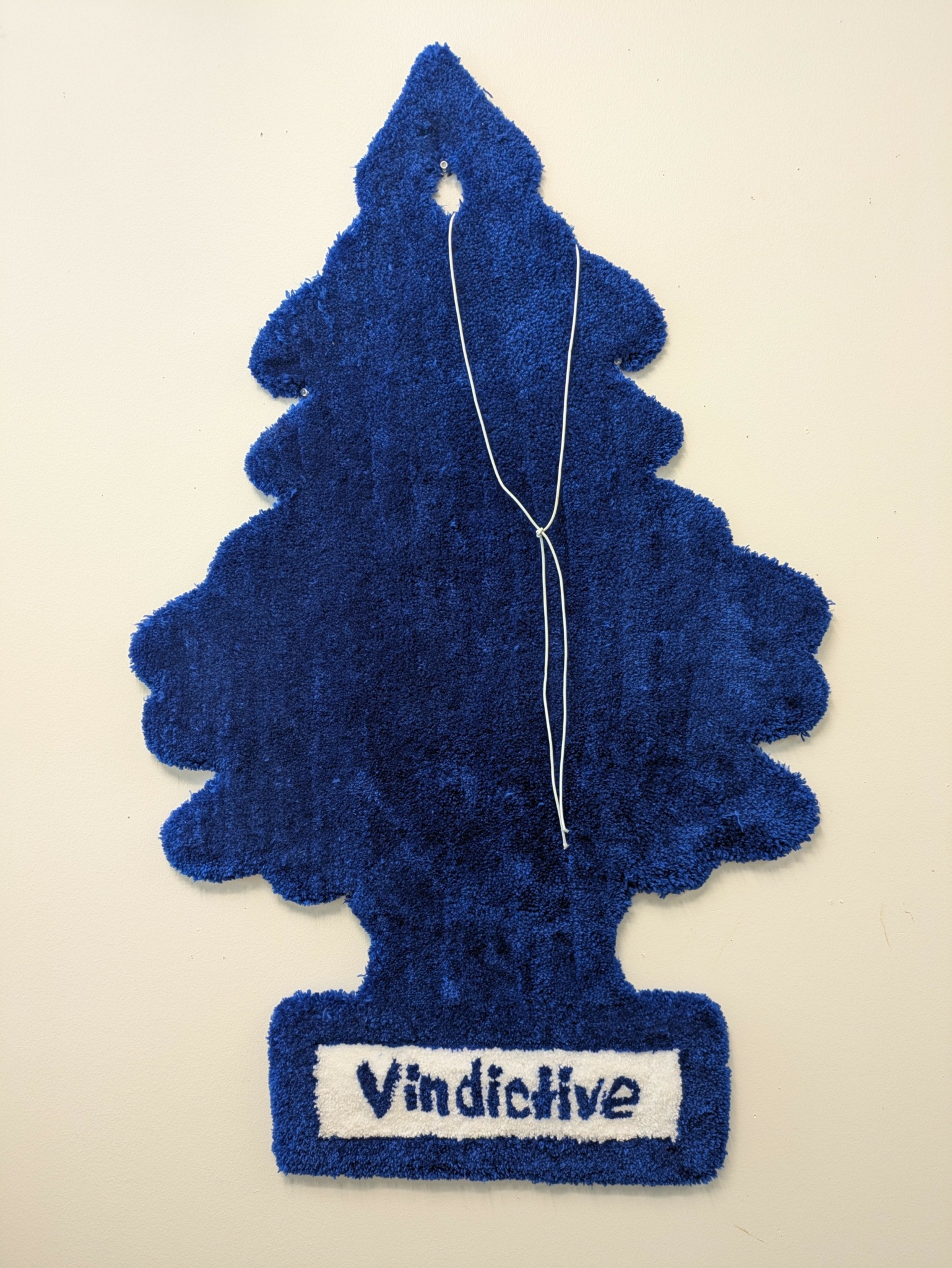
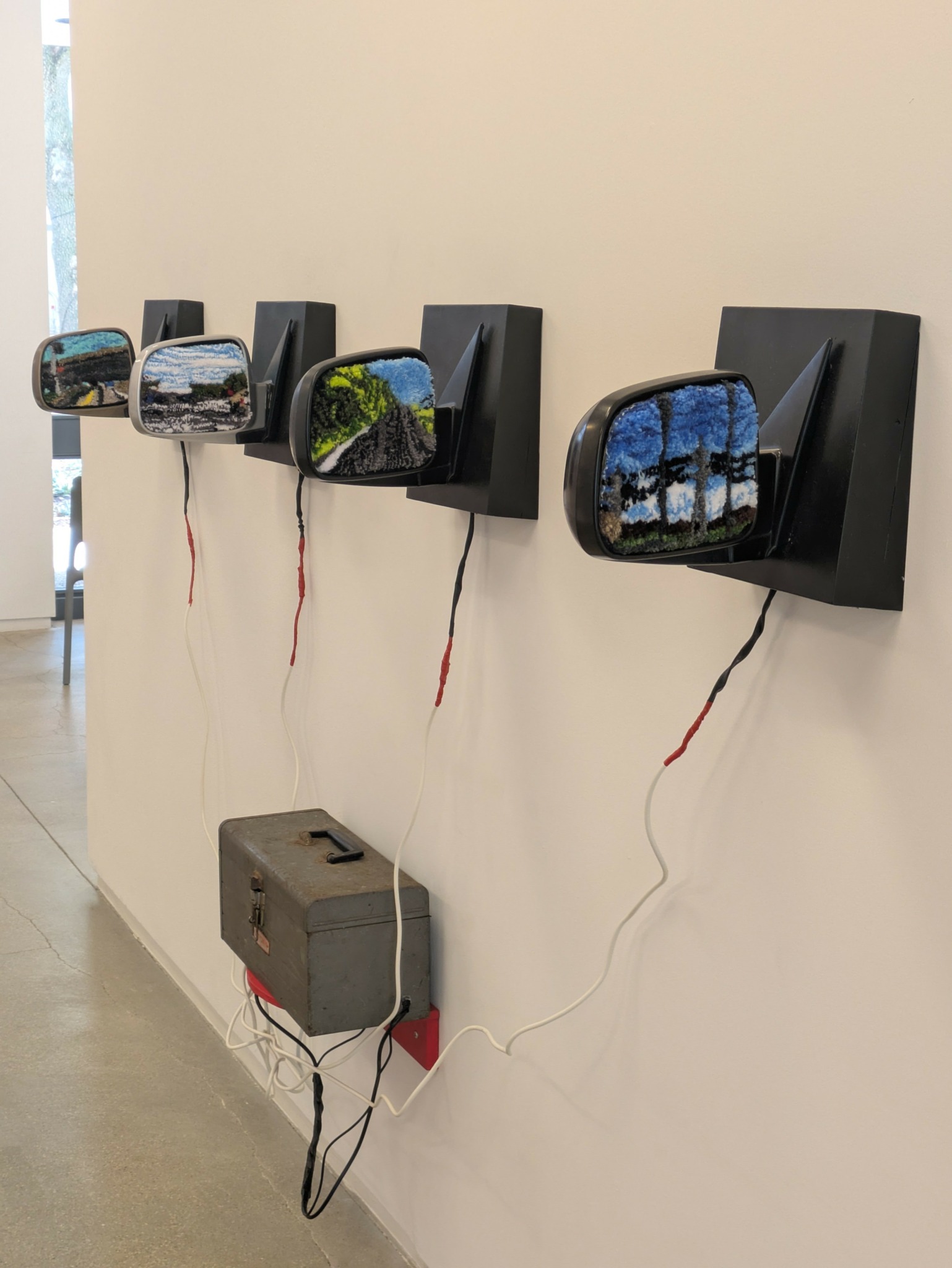

Image Credits
some photos taken by Joseph Bui


